Your cart is currently empty!
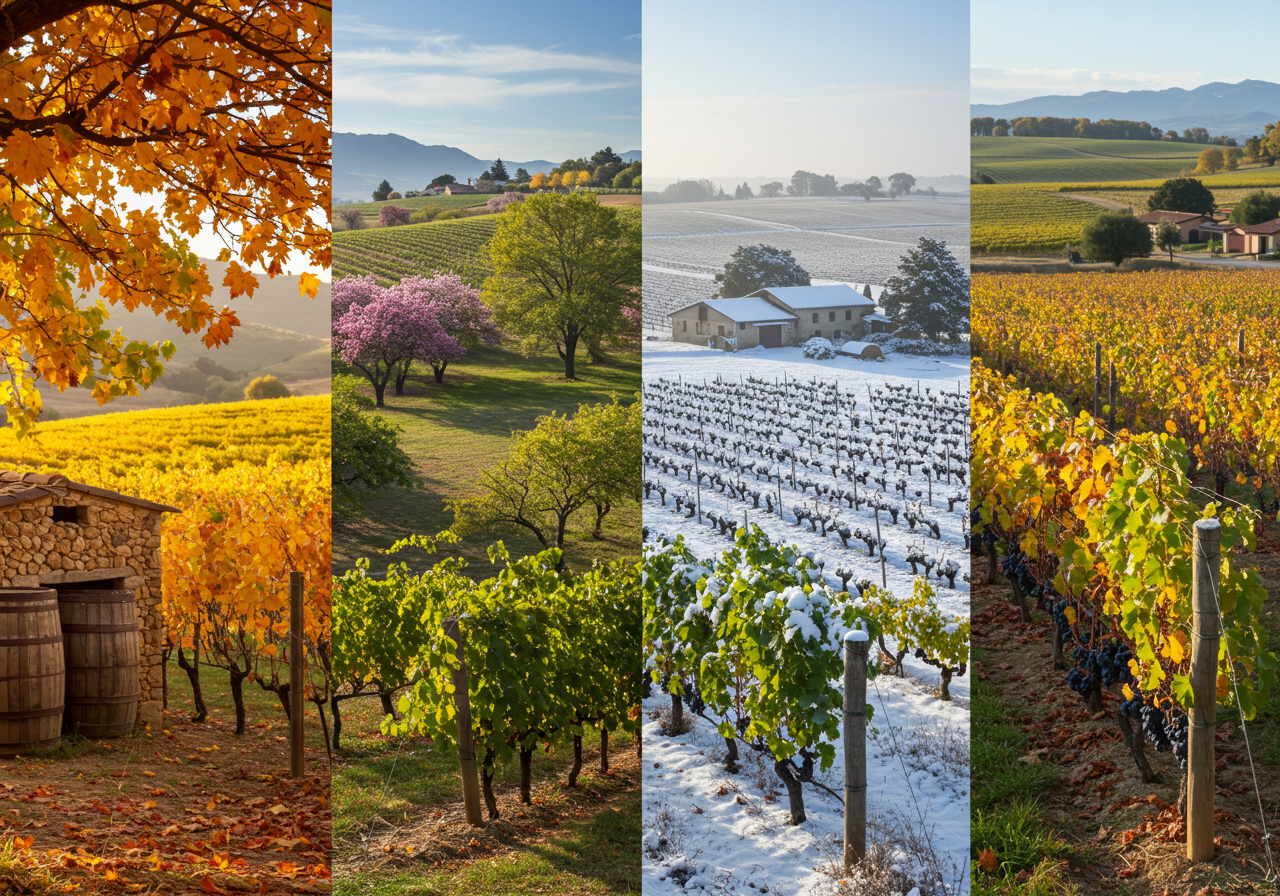
The Terroir’s Kiss: How Regional Nuances Shape Sweetness in Sparkling Wines
—
The delightful effervescence of sparkling wine offers a spectrum of sweetness, from bone-dry to lusciously sweet. While the winemaker’s hand in dosage (the addition of a sugar and base wine mixture after secondary fermentation) is the most direct influence on the final sweetness level, the regional nuances where the grapes are grown play a subtle yet significant role in shaping the perception and expression of that sweetness. Terroir, encompassing climate, soil, and even local winemaking traditions, subtly dictates the inherent characteristics of the base wines, ultimately influencing how sweetness is perceived and balanced in the final sparkling product.
Climate: The Foundation of Sugar and Acidity
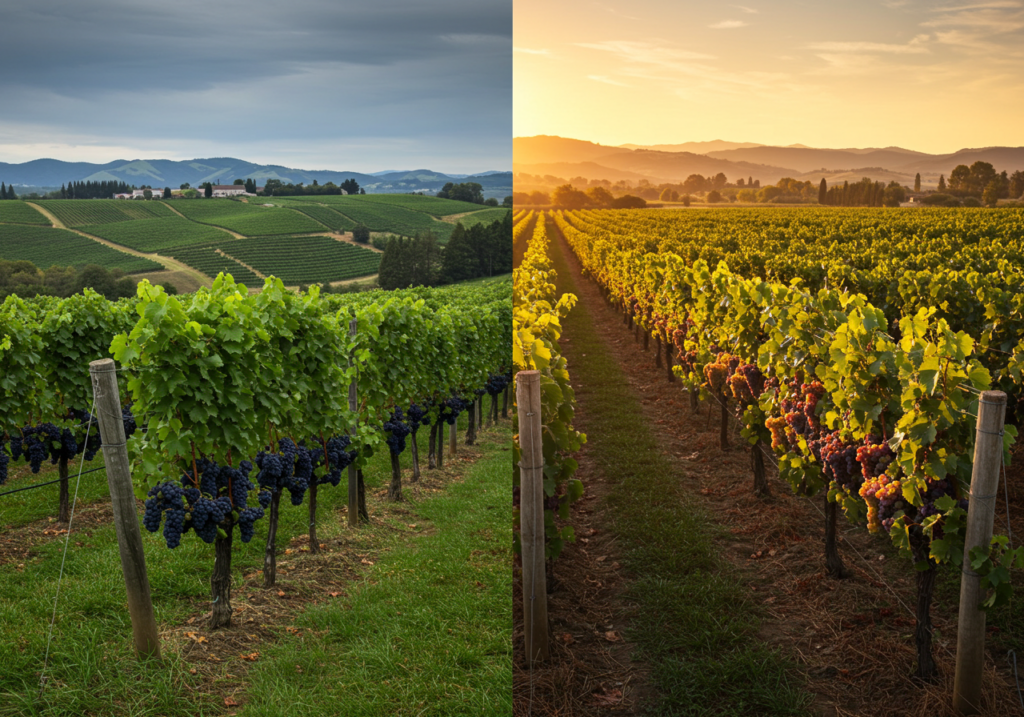
The climate of a sparkling wine region is arguably the most impactful regional factor affecting potential sweetness.
Cooler Climates
Regions with cooler climates, like Champagne in France or England’s emerging sparkling wine areas, struggle to achieve high sugar levels in their grapes naturally. This often results in base wines with higher acidity and lower potential alcohol. In these wines, even a small dosage of sugar can taste more pronounced due to the elevated acidity acting as a counterpoint. The focus here is often on producing drier styles (Brut Nature, Extra Brut, Brut) where the inherent crispness and minerality of the terroir shine through, and sweetness is used sparingly to balance the naturally high acid.
Warmer Climates
Conversely, warmer regions like parts of Italy producing Prosecco or some Australian sparkling wine areas tend to yield grapes with higher natural sugar levels and potentially lower acidity. In these cases, winemakers might opt for slightly higher dosage levels (Extra Dry, Dry) to achieve a balanced sweetness that complements the fruit-forward character developed in the warmer climate. The perception of sweetness might be less pronounced due to the lower acidity.
Soil: Minerality and Structure
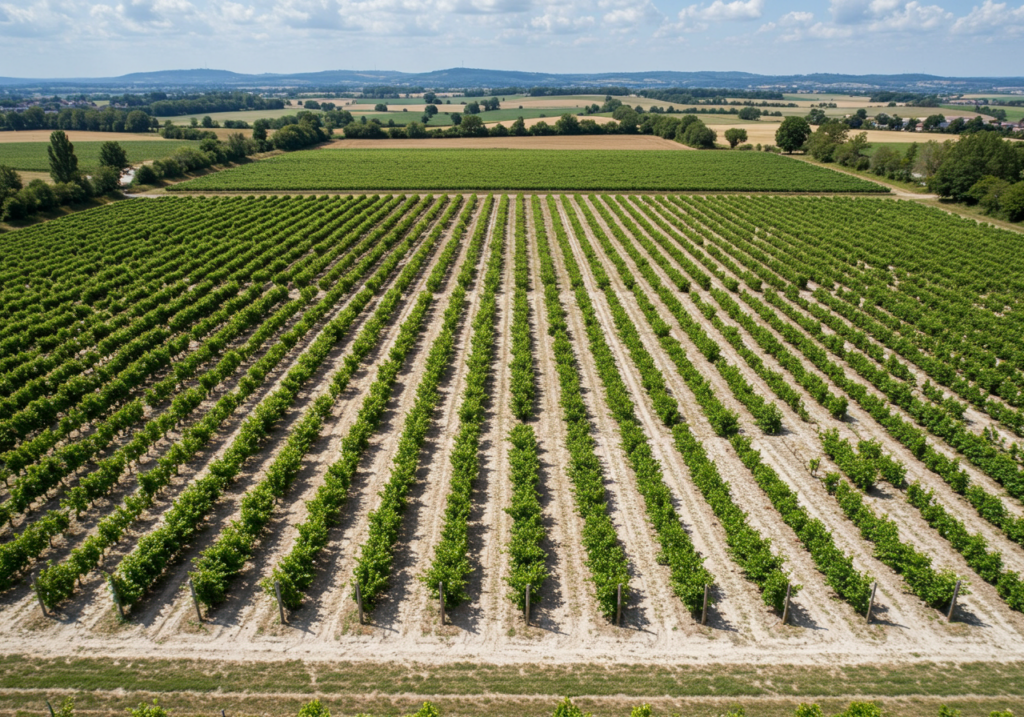
The soil composition of a region can also indirectly influence the perception of sweetness.
Chalky Soils
Regions like Champagne, with their famous chalky soils, often produce wines with a distinct minerality and high acidity. This inherent structure can make even wines with a touch of residual sugar taste drier and more complex, as the minerality provides a counter-balance to any perceived sweetness.
Other Soil Types
Different soil types can influence the grape’s water retention, nutrient uptake, and ultimately the fruit’s flavor profile. These subtle flavor nuances can interact with sweetness in various ways, either enhancing or contrasting it.
Grape Varieties: Inherited Sweetness Potential and Acidity
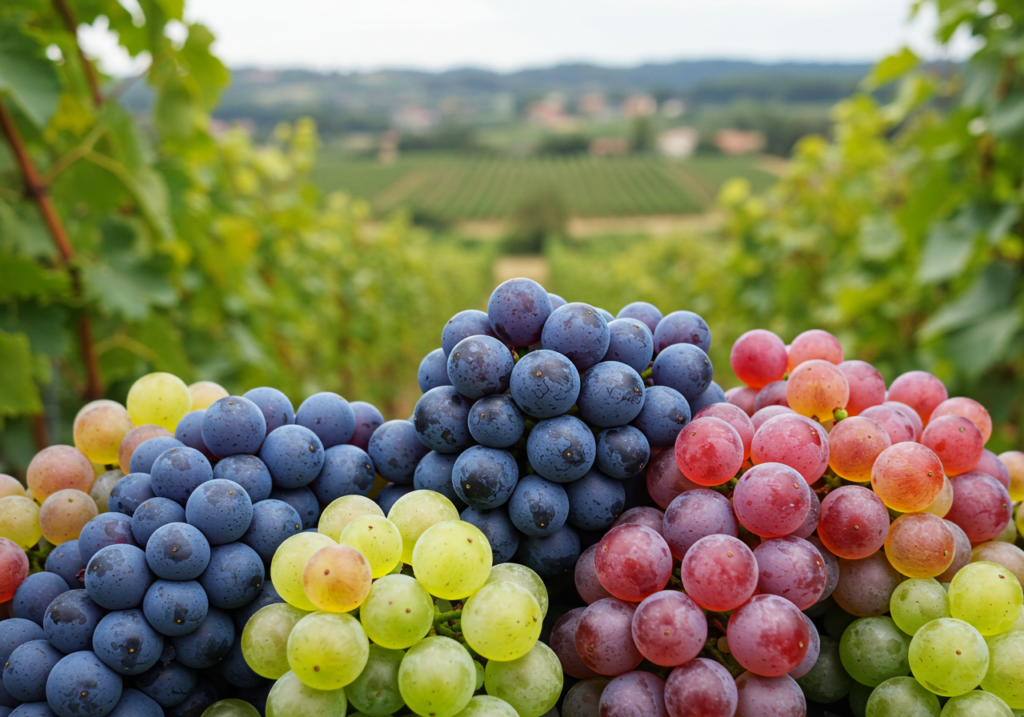
The grape varieties traditionally grown in a region are also intrinsically linked to the potential sweetness and acidity of the base wines.
High Acidity Varieties
Grapes like Chardonnay and Pinot Noir, prominent in Champagne and other cool-climate sparklers, naturally possess higher acidity. This characteristic influences the winemaker’s approach to dosage, often favoring drier styles to maintain balance.
Aromatic Varieties
Regions like Italy’s Veneto, known for Glera (the primary grape of Prosecco), often produce more aromatic wines with a softer acidity. Here, slightly higher sweetness levels can complement the fruity and floral notes of the grape.
Winemaking Traditions: Regional Styles and Preferences
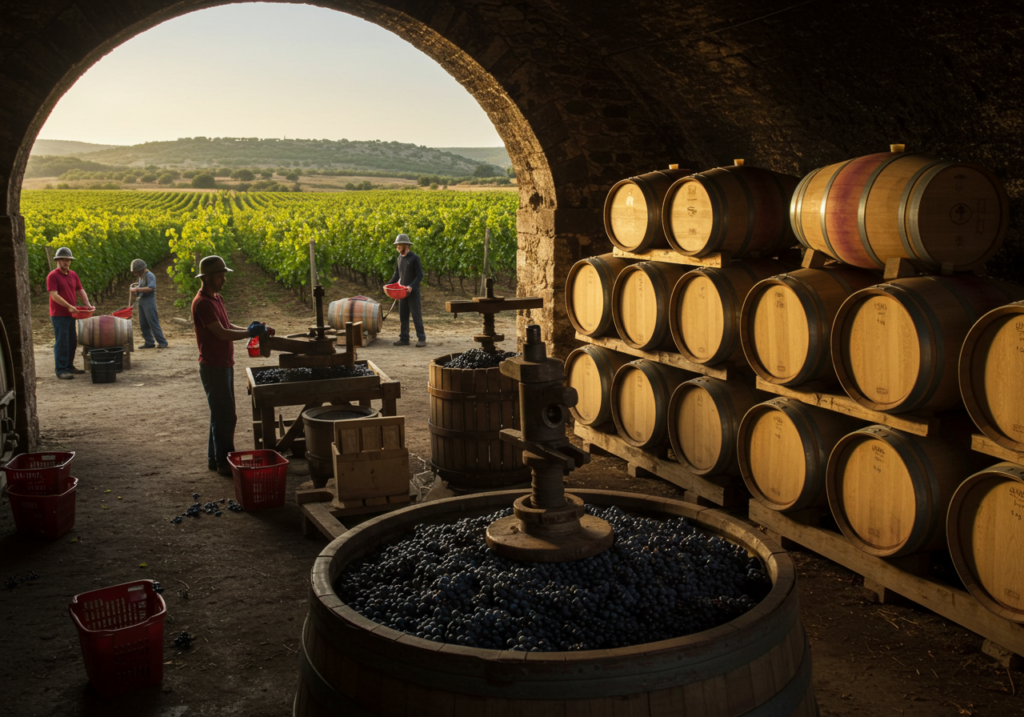
Over centuries, specific regions have developed distinct winemaking traditions that influence the typical sweetness levels of their sparkling wines.
Champagne’s Precision
The meticulous regulations and long aging periods in Champagne often lead to a focus on drier, more complex styles where the terroir and extended lees contact contribute significantly to the wine’s character, with sweetness playing a supporting role.
Prosecco’s Approachability
The Charmat method used for Prosecco production typically emphasizes fresh fruitiness and early release, often resulting in slightly sweeter styles that are immediately appealing.
Cava’s Versatility
Spanish Cava, produced in various regions with diverse microclimates and grape blends, showcases a wider range of sweetness levels, reflecting the different terroirs and winemaking philosophies within Spain.
The Art of Balance
Ultimately, the influence of regional nuances on sweetness in sparkling wine is about achieving balance. The climate, soil, and grape varieties of a region contribute to the inherent acidity, sugar potential, and flavor profile of the base wines. Winemakers then skillfully employ dosage to harmonize these natural characteristics, creating sparkling wines that are not only defined by their sweetness level but also by the unique terroir from which they originate. Understanding these regional nuances allows for a deeper appreciation of the diverse and fascinating world of sparkling wine.


